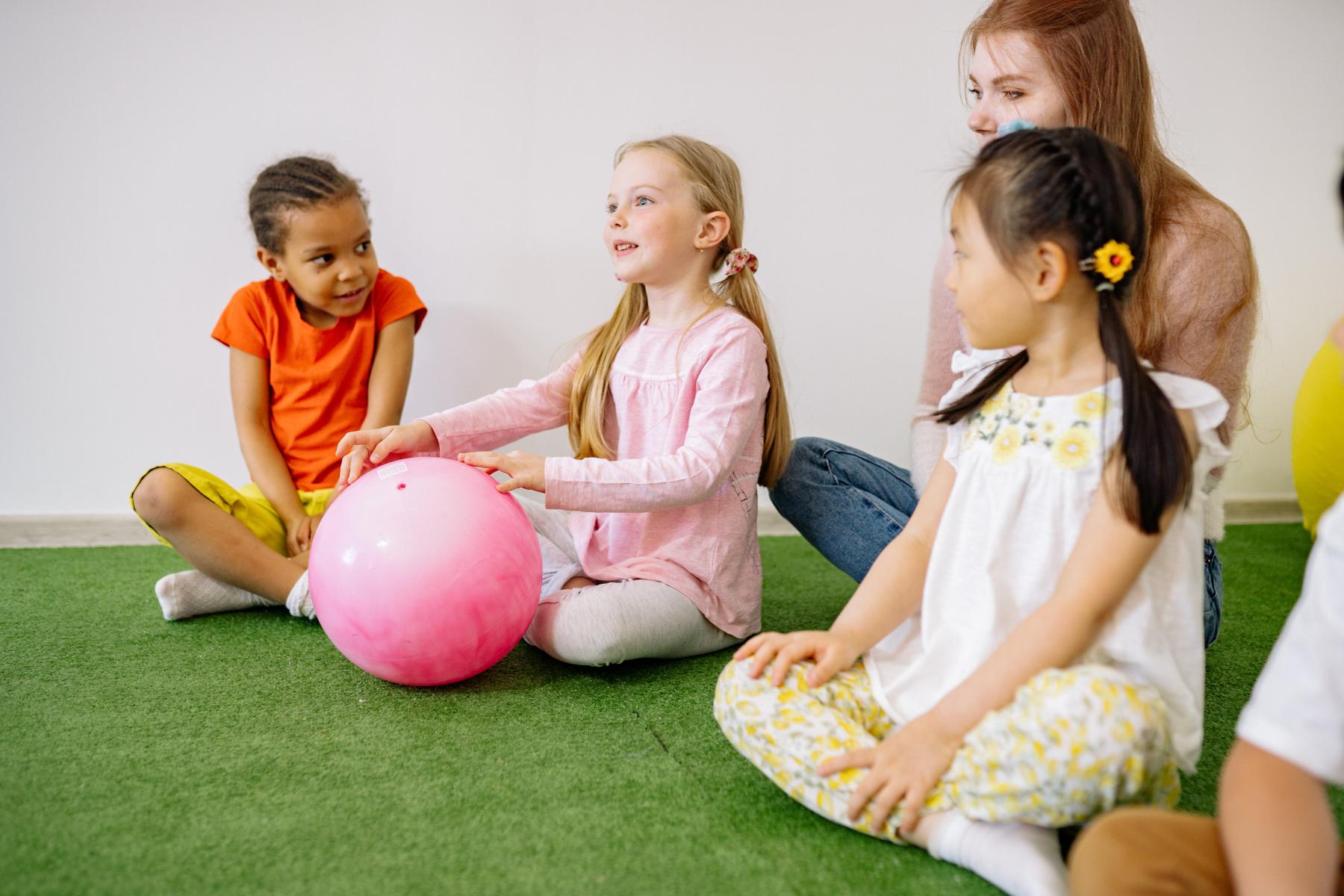Circle time in the classroom is a cherished tradition, fostering a sense of community and engagement among students. While the content and activities during this time are crucial, the way students sit can significantly impact their focus and participation. Let's explore three types of sitting postures – the Mountain, the Mermaid, and the Criss Cross – and understand the importance of each in creating a conducive learning environment.
- The Mountain Pose:
Imagine a group of students sitting with their legs stretched out in front of them, forming a sturdy base like a mountain. This sitting posture promotes stability and focus. The straight spine encourages an alert mindset, helping students absorb information and actively participate in discussions. The Mountain Pose is particularly beneficial for activities that require individual reflection or when the class is engaged in storytelling.
Importance:
- Postural Stability: The Mountain Pose provides a stable foundation, reducing fidgeting and promoting a sense of calmness among students.
- Enhanced Attention: The straight-backed position helps improve attention span, making it easier for students to concentrate on the lesson or activity at hand.
- Individual Reflection: This posture is ideal for moments of introspection, allowing students to contemplate their thoughts and contribute meaningfully to class discussions.
- The Mermaid Pose:
In the Mermaid Pose, students sit on one side, with one leg bent and the other extended outward. This relaxed yet attentive posture encourages a sense of openness and collaboration. The Mermaid Pose is excellent for group activities, discussions, or when students need to share their perspectives on a given topic..jpg)
Importance:
- Facilitates Group Dynamics: The asymmetrical position of the Mermaid Pose encourages students to face each other, promoting eye contact and facilitating group interactions.
- Comfort and Flexibility: This posture provides a comfortable alternative to more rigid positions, accommodating students who may find it challenging to sit in a cross-legged position.
- Encourages Sharing: The Mermaid Pose is conducive to open communication, making it easier for students to share ideas and opinions during collaborative activities.
- The Criss Cross Pose:
A classic and widely known posture, the Criss Cross Pose involves sitting with legs crossed, creating a neat and compact circle. This position encourages a sense of unity and equality among students. It is often used during storytime, group discussions, or any activity where the focus is on the entire class.
Importance:
- Promotes Equality: The Criss Cross Pose ensures that every student is at the same eye level, fostering a sense of equality and unity within the classroom.
- Encourages Active Listening: The close proximity of students in this pose promotes active listening, as they are more likely to engage with both the speaker and their peers.
- Facilitates Classroom Management: The structured arrangement of students in the Criss Cross Pose makes it easier for teachers to manage the class and maintain a sense of order during circle time.
Conclusion:
Incorporating these three sitting postures – the Mountain, the Mermaid, and the Criss Cross – into your classroom's circle time routine can have a profound impact on student engagement, focus, and collaboration. By recognizing the importance of these positions, educators can create a dynamic and inclusive learning environment that supports the diverse needs of their students.








